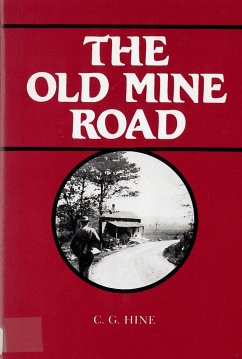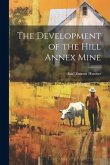The Old Mine Road, considered the first road in America designed for wheeled vehicles, was built three hundred years ago by Dutch settlers for access to the mines of the Minisink country. It began in Kingston, New York, wove through Sussex and Warren counties in New Jersey, and ended near the Delaware Water Gap. Many changes have taken place in these regions since C. G. Hine recorded his observations and printed The Old Mine Road for his friends in 1908. Bulldozers have obliterated much of what he saw as he took his readers along the length of the road, describing the natural beauty of the countryside and relating the history and legends linked with the road and the people who lived on its route. This new printing is a facsimile of the first 1908 edition. Henry Charlton Beck's introduction gives a publishing history of the book and provides a biographical sketch about Hine.
Hinweis: Dieser Artikel kann nur an eine deutsche Lieferadresse ausgeliefert werden.
Hinweis: Dieser Artikel kann nur an eine deutsche Lieferadresse ausgeliefert werden.








